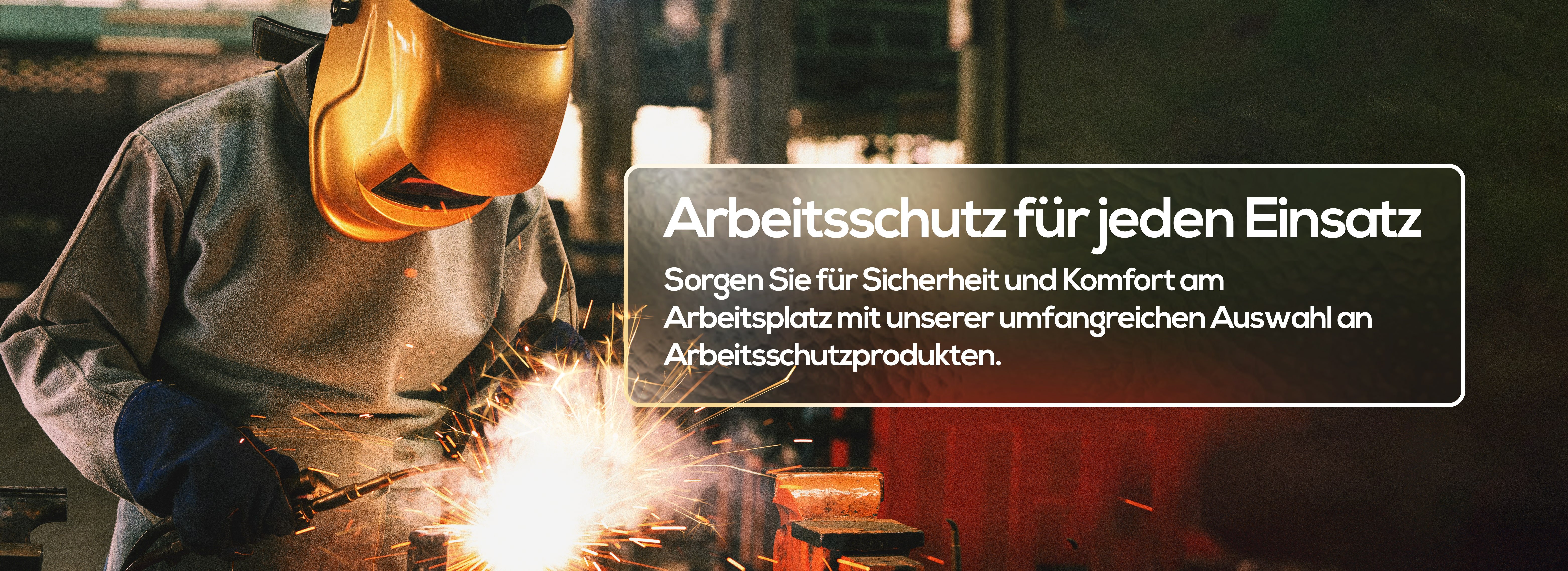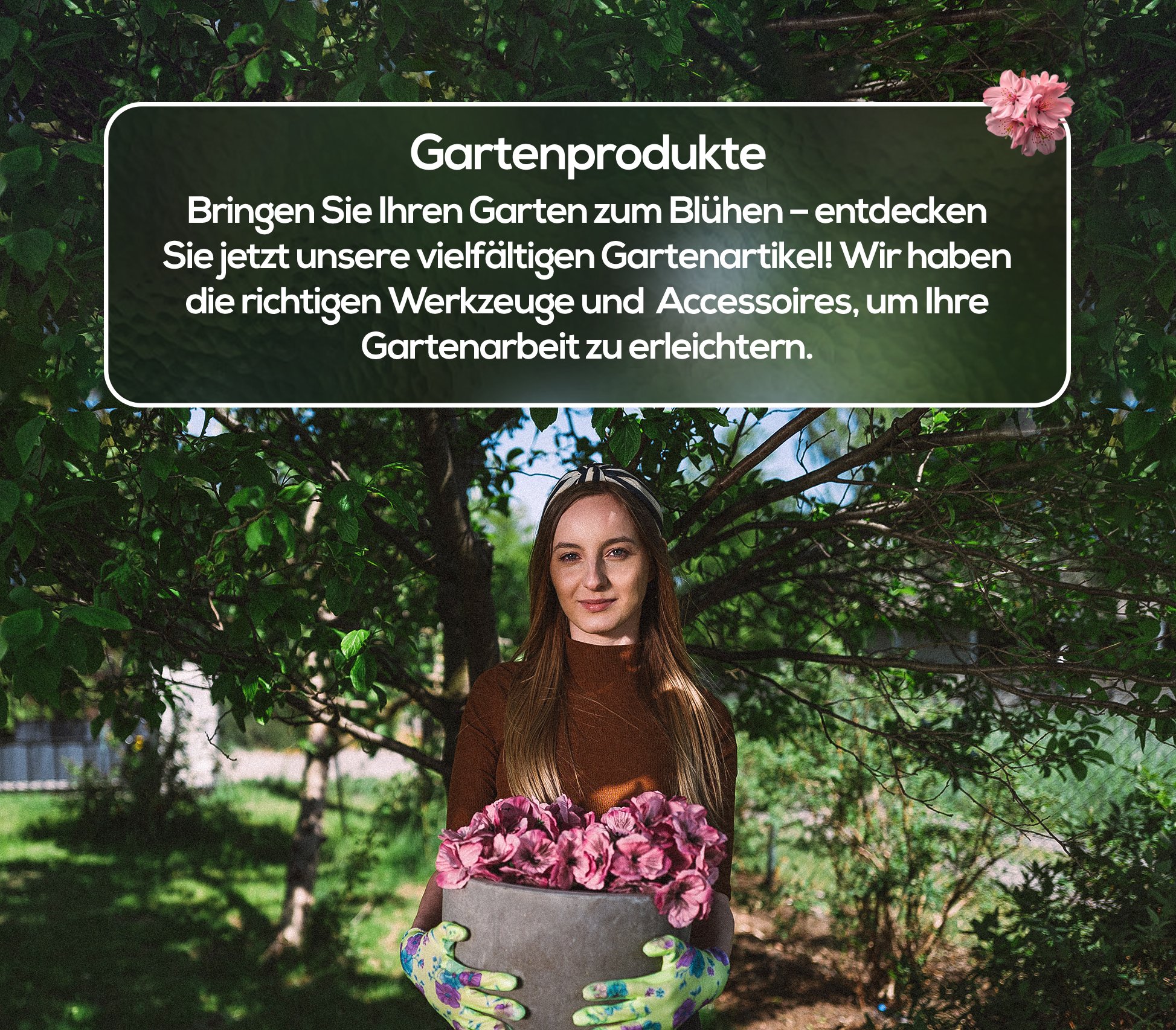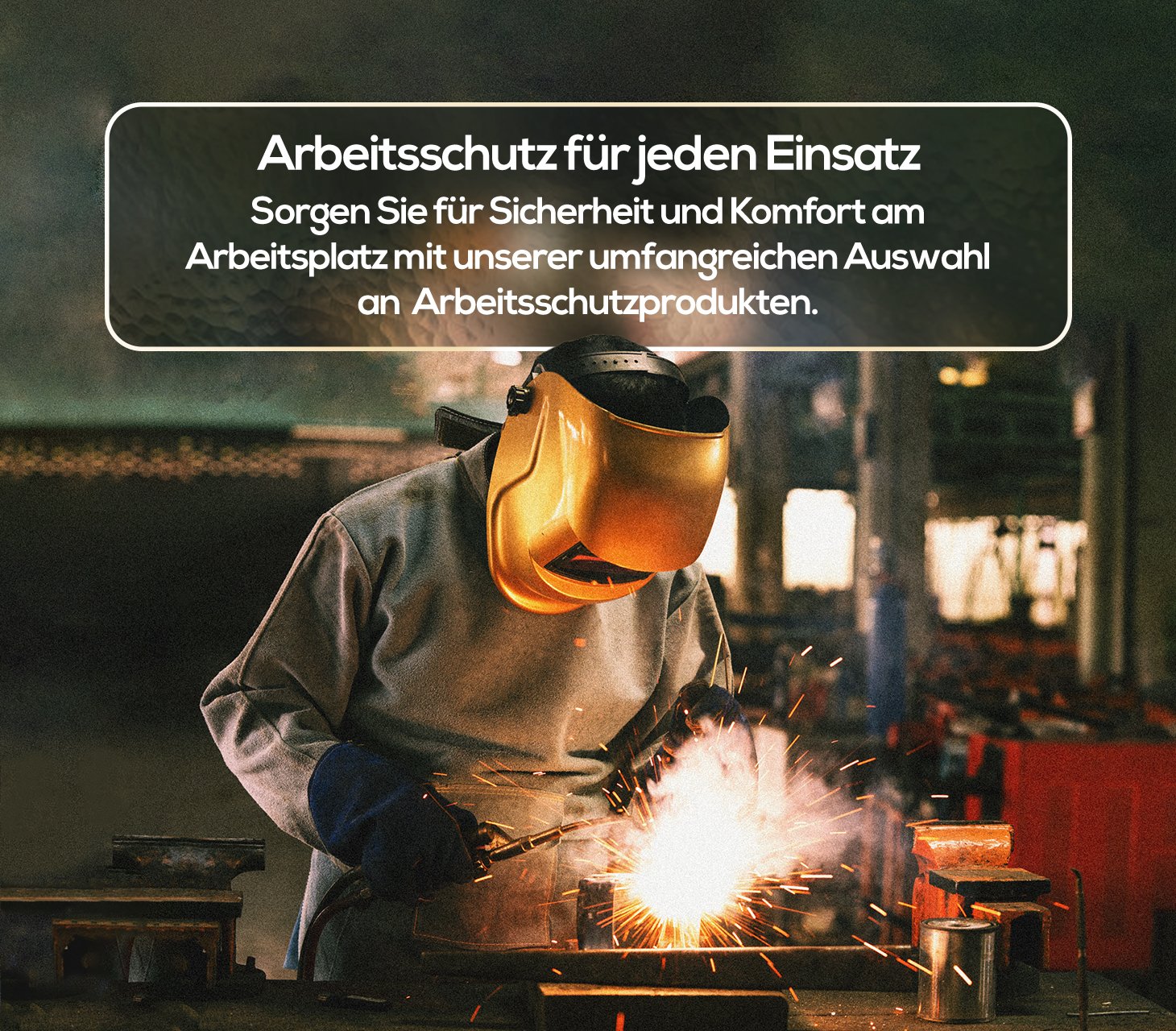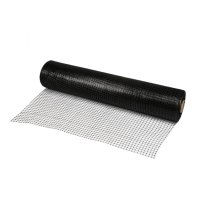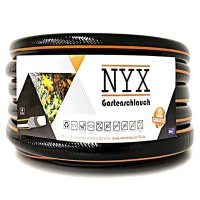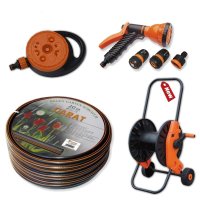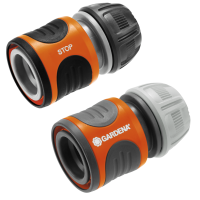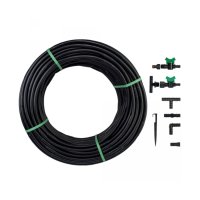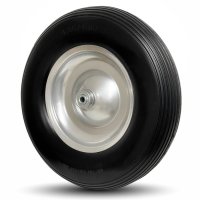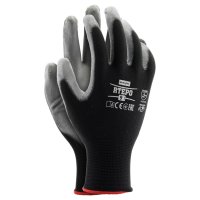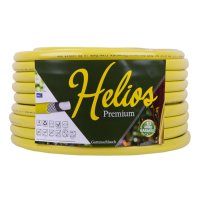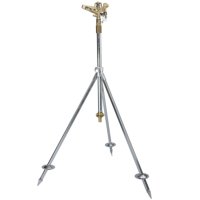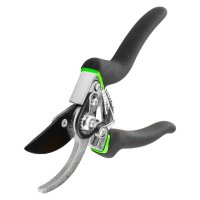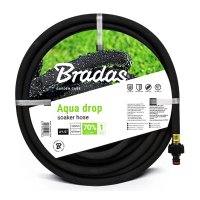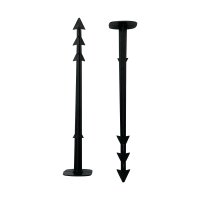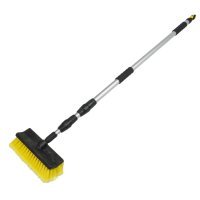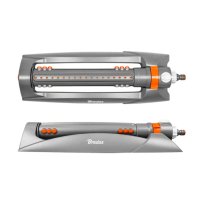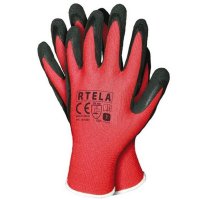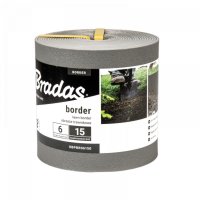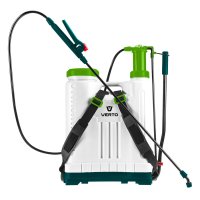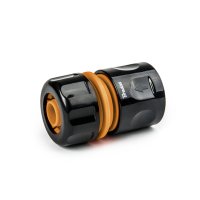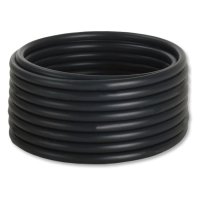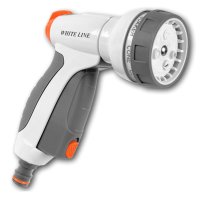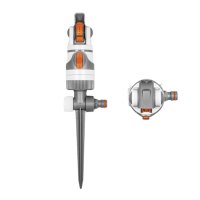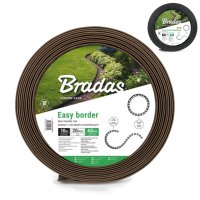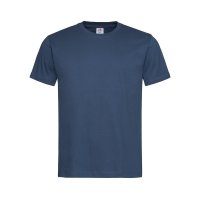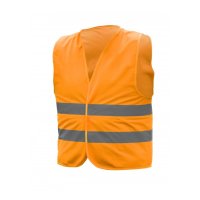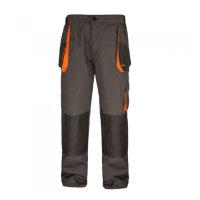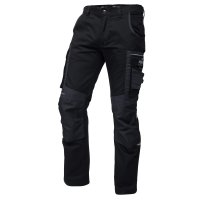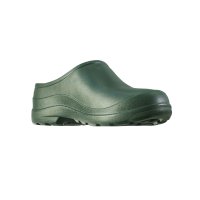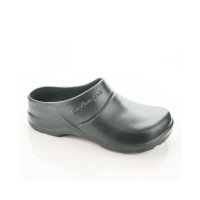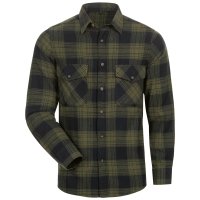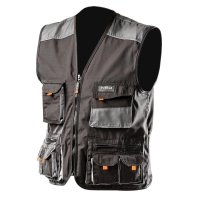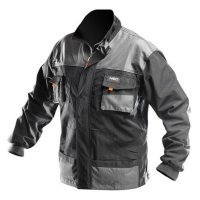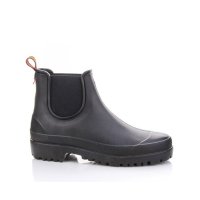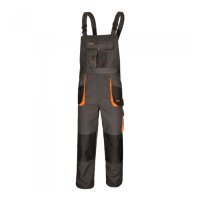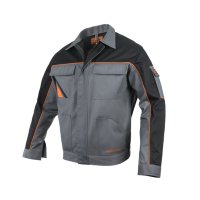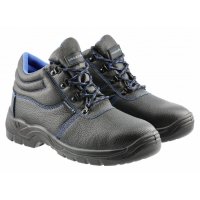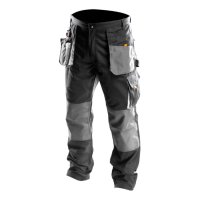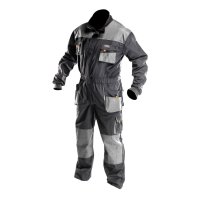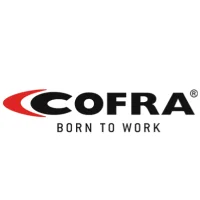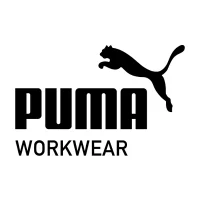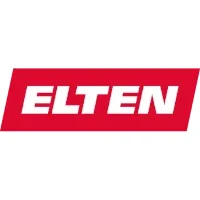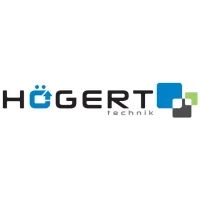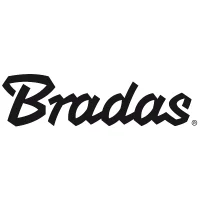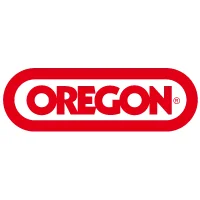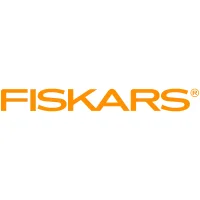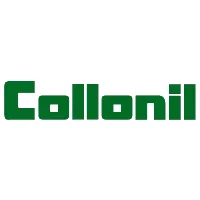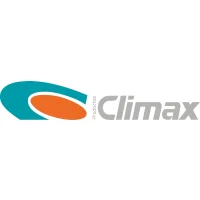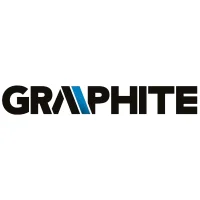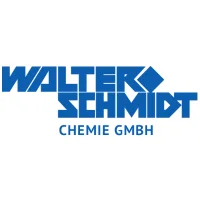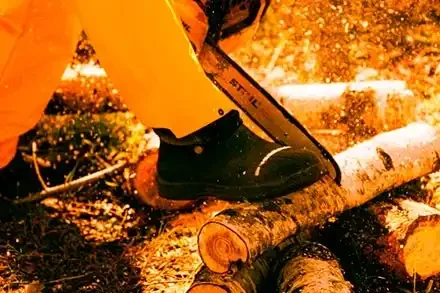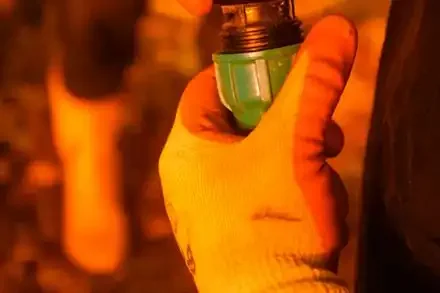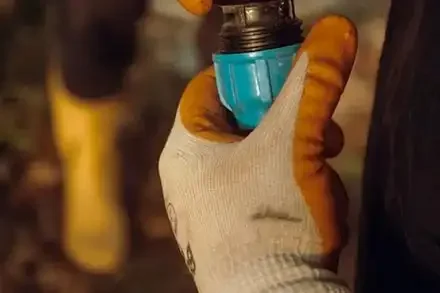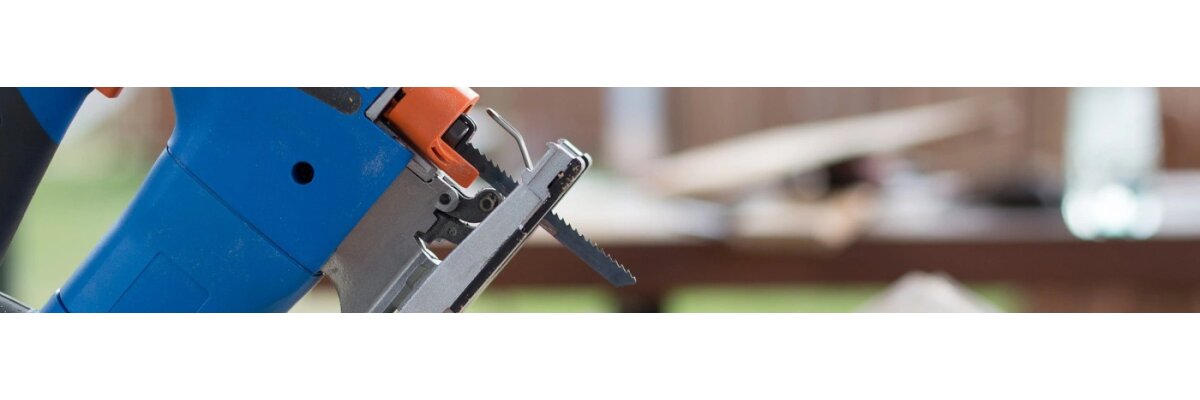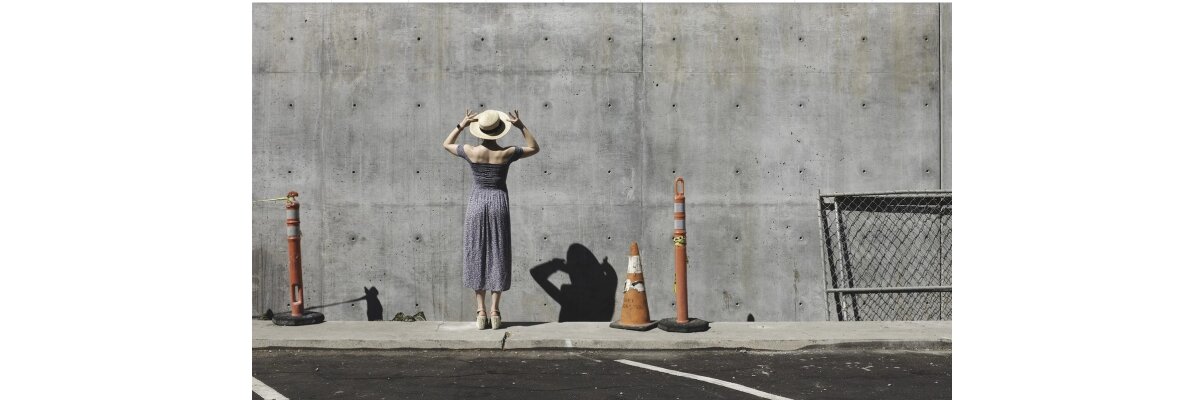Stilsicher arbeiten: Unsere Arbeitskleidung!
Unsere Markenvielfalt
Entdecken Sie unsere ganze Produktvielfalt
Unser Versprechen an Sie
ERFOLG BEGINNT MIT DER RICHTIGEN AUSSTATTUNG
Wir wissen, dass jedes Projekt einzigartig ist. Deshalb bieten wir eine Vielzahl von Produkten an, um sicherzustellen, dass Sie immer die richtige Ausrüstung haben, um Ihre Ziele zu erreichen.
EINE RIESIGE AUSWAHL FÜR JEDEN BEDARF
Wir bieten eine breite Pallete von Produkten an - von Arbeitsbekleidung über Gartenbedarf bis hin zu Werkzeugen. Egal welches Projekt Sie verfolgen, wir haben die passende Lösung dafür.
SERVICE MIT EINEM LÄCHELN
Unser freundlicher und hilfsbereiter Kundenservice steht Ihnen jederzeit zur Seite. Wir sind hier, um Ihre Fragen zu beantworten und Ihnen bei der Auswahl des richtigen Arbeitsbedarfs zu helfen.
Wer im Dunkeln arbeitet, weiß, dass gute Sichtbarkeit nicht nur Komfort, sondern oft auch Überlebenswichtig ist. Mit der VizLite DT Technologie stellt Helly Hansen einmal mehr unter Beweis, dass Arbeitsschutz und Innovation Hand in Hand gehen.
Arbeitskleidung und Wassersäule? Wie passt das zusammen? Was bedeutet der Begriff Wassersäule? Alles über Arbeitskleidung für nasse Tage und ihre Belastungsfähigkeit lesen Sie in diesem Beitrag.
Arbeitshandschuhe werden in vielen verschiedenen Branchen getragen, um die Hände gut zu schützen. Schutzhandschuhe müssen je nach Einsatzgebiet bestimmte Materialeigenschaften aufweisen, wie beispielsweise Robustheit, Elastizität, Halt und Wasserundurchlässigkeit. Viele Eigenschaften tragen dazu bei, dass ein hoher Schutz und darüber hinaus exaktes und steriles Arbeiten gewährleistet wird.
Arbeitshandschuhe sind im Berufsaltag und auch im Heimwerk tägliche Begleiter. Doch wie oft sollten Arbeitshandschuhe gewechselt werden und unter welchen Umständen? Dabei unterscheiden wir zeischen Einmalhandschuhen und Mehrweghandschuhen,
Was sind Sicherheitsschuhe und welche Sicherheitsklassen gibt es. Alle Informationen darüber lesen Sie hier.
Wer gerne an der frischen Luft und mit Pflanzen arbeiten möchte, sollte über eine Ausbildung zum Landschaftsgärtner nachdenken. Damit Sie sich ein Bild davon machen können, was alles zu dieser Ausbildung gehört, haben wir in diesem Beitrag alles Wichtige dazu zusammengetragen.
Verschiedene Arten von Elektrosägen und Handsägen genau erklärt. Hier werden die unterschiedlichen Arten und deren Anwendung sowie deren Zweck unter die Lupe genommen und praxisnah beschrieben.
Wollen auch Sie Vögel in der Winterzeit bei der Futtersuche unterstützen? Dann haben wir genau das Richtige für Sie. Lesen Sie hier, wie Sie nahrhaftes Vogelfutter selber machen und den passenden Futternapf dazu herstellen können.
Ein Wanddurchbruch sollte gut kalkuliert sein. Die Kosten für Statiker, Handwerker und Materialien zu überschlagen reicht nicht aus, wenn Sie nicht im Nachhinein mit Zusatzkosten überrascht werden möchten. Wie Sie an eine Kostenkalkulation für einen Wanddurchbruch herangehen, was dabei zu beachten ist und was Sie selber tun können, erfahren Sie hier. Praxisnah zeigen wir Ihnen zudem die Kalkulation für die Kosten an einem Rechenbeispiel.
Rosen sind immer wieder eine Augenweide. Auch ihr Duft ist unverkennbar. Um die geliebten Rosen richtig zurückzuschneiden, gibt es das Ein oder Andere zu beachten. Was dabei wichtig ist, wie und wann Rosen geschnitten werden sollten, lesen Sie hier.
Im Van übernachten oder gar verreisen? Bauen Sie Ihren Van um und machen Sie ihn zu Ihrem zweiten Zuhause. Alles was zu tun ist und wie Sie einen Van bewohnbar machen, haben wir in diesem Beitrag zusammengefasst.
Kennen Sie das auch? Ihre Terrasse wirkt nach und nach irgendwie grau und Unkraut nistet sich ein? Dann heißt es: Ärmel hochkrempeln und unserem Ratgeber folgen. Der Unterschied ist enorm und die Terrasse erstrahlt wieder in neuem Glanz. Probieren Sie es aus!
Für den richtigen Durchblick bringen wir Licht ins Dunkel. Detailliert und leicht verständlich erklären wir hier die wichtigesten Normen für Augenschutz.
Ein streikendes Auto hat fast jeder schon einmal erlebt. Nur schade, wenn man dann nicht weiß, wie man vom Fleck kommt. Deshalb lesen Sie hier alles Wissenswerte darüber, wie man ein Auto abschleppt. Damit sind Sie für den Fall der Fälle optimal vorbereitet.
Sicherheitsschuh ist nicht gleich Sicherheitsschuh. Bei Elektrikern steht der Schutz vor Stromstößen an höherer Stelle, als es bei einem Maler beisüielsweise der Fall ist. Dieser benötigt vorrangig einen Schutz vor gewichtsstarken Kräften, die den Fuß beschädigen können. Hier beleuchten wir unterschiedliche Berufe und erklären, welche Arbeitsschuhe dafür benötigt werden.
Häufig gestellte Fragen / FAQ
Ja, Sie erhalten mit Versand der Ware einen Sendungslink per E-Mail, mit welchem Sie Ihre Bestellung online verfolgen können.
In manchen Fällen ist die Sendung erst 3-4 Stunden nach Erhalt des Sendungslinks online verfolgbar.
Gerne können Sie die bestellte Ware innerhalb von 30 Tagen widerrufen und an uns zurücksenden. Fragen Sie davor bei uns telefonisch oder per E-Mail das Rücksendelabel an.
Bitte legen Sie dem Paket den Retourenschein und eine kurze Notiz bei, mit der Bitte um Erstattung des Kaufpreises oder Umtausch in der entsprechenden Größe.
Die Erstattung des Kaufpreises wird über die Zahlungsmethode zurückgezahlt, mit welcher Sie ürsprünglich bezahlt haben.
Bitte beachten Sie, dass die Ware in einem originalen/unbenutzten Zustand sein muss.
Gerne können Sie die Ware bei uns persönlich abholen.
Bitte bestellen Sie dafür die Ware online und wählen "Selbstabholung" aus.
Unsere Öffnungszeiten lauten wie folgt:
Montag bis Freitag in der Zeit von 8 - 12 Uhr und 12:30 - 15:30 Uhr
Die Adresse lautet:
TAMS Arbeitsbedarf24 GmbH & Co. KG
Buchholzer Str. 61
13156 Berlin
Arbeitsbedarf24: Mehr als Arbeitskleidung, Garten und Werkzeug
Professionelle Arbeitskleidung, hochwertiges Werkzeug und alles für den Garten und die Freizeit: Bei uns finden Sie alles was Sie für Ihre nächsten Projekte brauchen. Qualitäts-Arbeitsbedarf bedeutet, dass die richtigen Hilfsmittel Ihnen die Arbeit erleichtern und sicherer machen. Die richtige Bekleidung und Ausrüstung sollten vor allem robust und funktional sein. Die nötige Bewegungsfreiheit und Passform sorgen für ein angenehmes Tragegefühl und problemloses Arbeiten. Natürlich sollte auch die Optik nicht außer Acht gelassen werden, denn der Träger möchte sich auch in der eigenen Arbeitskleidung wohlfühlen. Bei Arbeitsbedarf24 finden Sie die passende Schutzkleidung für Heimwerker und professionelle Handwerker aller Bereiche. Bei bestimmten Tätigkeiten im gewerblichen Bereich, werden Richtlinien vorgeschrieben, welche die Schutzkleidung erfüllen muss, um den Träger optimal zu schützen. Das Verletzungsrisiko wird mit der entsprechenden Arbeitskleidung minimiert und ist genauso interessant für alle Hobby Handwerker unter uns. Wir zeigen bei uns, welche Arbeitskleidung sinnvoll ist.
Für Gartenfreunde und alles für den grünen Daumen
Funktionalität ist genauso bei Werkzeugen und Zubehör, wie auch bei Gartengeräten ein wichtiges Kriterium. Hochwertiges Werkzeug sorgt dafür, dass die Tätigkeiten leichter von der Hand gehen und bereitet einem gleichzeitig mehr Freude bei der Arbeit. In den verschiedenen Kategorien der Rubrik Garten finden Sie alles zum diesem Thema - übersichtlich sortiert und detailliert beschrieben. Gestalten Sie Ihren Garten, Ihre Terrasse oder auch Ihren Balkon ganz wie es Ihnen gefällt. Egal ob Sie nach einem Gartengerät, etwa einem Spaten oder Zubehör für Ihren Wasserschlauch suchen: Im Arbeitsbedarf24-Shop finden Sie alles, was Sie brauchen.
Profi Werkzeug für mehr Heimwerker-Spaß
Was dem Gartenfreund der Spaten und die Heckenschere ist, ist dem Hobby-Handwerker der Akkubohrer und der (Profi-)Werkzeugkoffer. Auch hier gilt: Investieren Sie einmal in hochwertige Ausstattung für Ihren Arbeitsbedarf und Sie haben eine sehr lange Zeit Ihre Freude daran. Als Basis jeder Heimwerker-Ausstattung kann der Schraubenzieher als Beispiel dienen. Selbst hier gibt es große Unterschiede in Sachen Arbeitsbedarf. Hochwertige Profi-Schraubenzieher tun ihren Dienst viele Jahre lang, während günstige Baumarktmodelle sich oft schneller abnutzen. Profi-Arbeitsbedarf gibt Ihnen Vertrauen in Ihr Werkzeug und sorgt für leichtes und sicheres Arbeiten.


